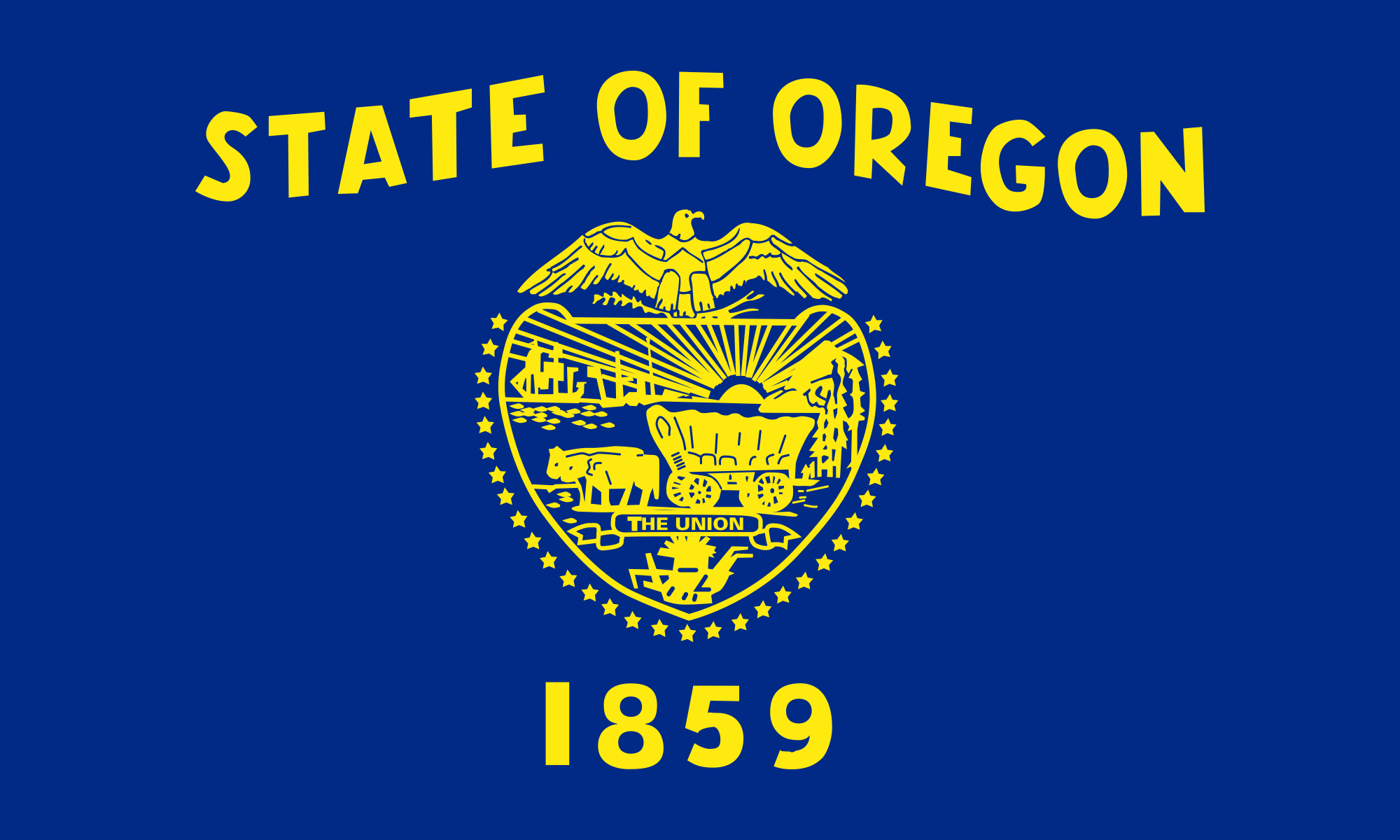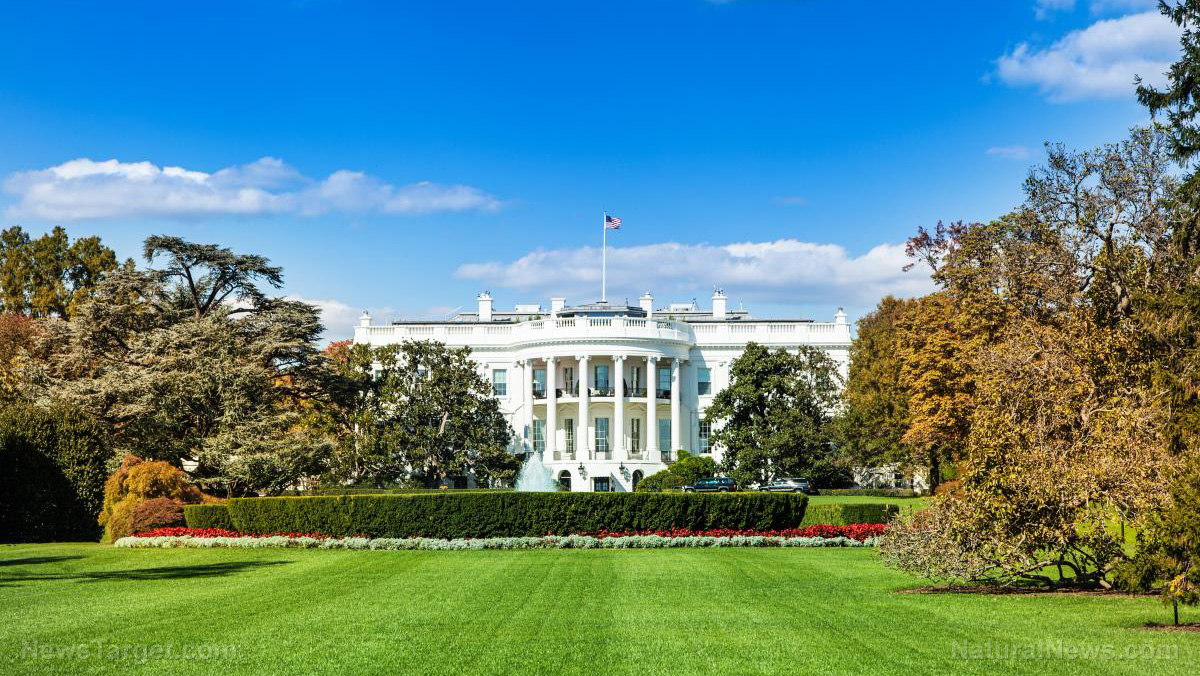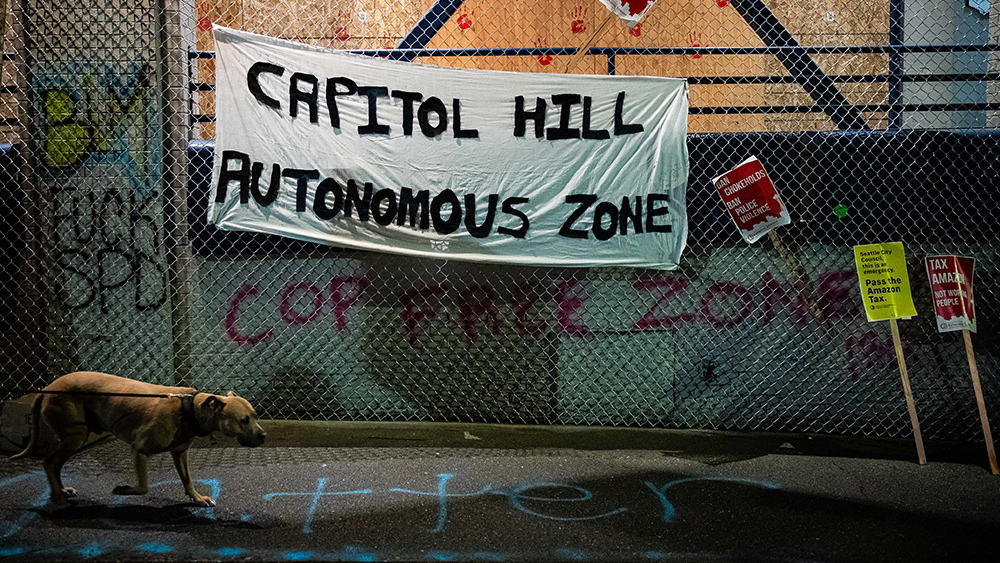
There is a growing political divide in America that has actually gotten so wide it's not remotely rational to believe it can be mended at this point.
The latest indication of this yawning political chasm is the political effort in northeast and eastern Oregon to leave the state and join red Idaho.
"A central Oregon county scheduled an election to test support for becoming part of Idaho on Wednesday morning, less than 24 hours after final results from a May election in an eastern Oregon county showed a victory for supporters of the 'Greater Idaho' movement," The Idaho Capital Sun reported earlier this week.
"The razor-thin vote in Wallowa County means that 12 Oregon counties have voted to move toward a long-shot effort to redraw the state’s boundary with Idaho that would turn close to 400,000 Oregonians into Idahoans and give the Gem State control of almost two-thirds of Oregon’s land. The next to vote is Crook County, after the county court voted Wednesday morning to send a question to the May 2024 ballot asking whether county officials should advocate for moving the state border," the report added.
The votes are meaningless beyond their political significance, however. Article IV, Sect. 3 of the Constitution says:
New States may be admitted by the Congress into this Union; but no new State shall be formed or erected within the Jurisdiction of any other State; nor any State be formed by the Junction of two or more States, or Parts of States, without the Consent of the Legislatures of the States concerned as well as of the Congress.
According to the National Constitution Center, "This Clause affords Congress the power to admit new states. Most of the discussion at the Constitutional Convention focused on the latter, limiting, portion of the Clause — providing that new states can be carved out of or formed from existing states only with the consent of those existing states.
"Some Convention delegates objected to this provision on the ground that, because several of the existing large states laid claims to vast swathes of western territories and other lands, those states would never consent to form new states in those territories, and thus the large states would only become larger and more powerful over time. But the prevailing sentiment at the Convention was that a political society cannot be split apart against its will," the Center's explanation continued.
That said, the Greater Idaho movement is now years old, and given the abject maniacal liberalism of Oregon's ruling Democrats, it's not going to go away anytime soon.
In Oregon's case, the significant political disparities have become evident within the state capitol, as Senate Republicans, primarily representing eastern Oregon, have halted legislative proceedings for over a month. Their strategy involves a quorum-denying walkout, with the intention of impeding Democratic bills on subjects such as abortion, gender-affirming care, and firearms.
According to Matt McCaw, a former high school math teacher and leader of the Greater Idaho movement in Crook County, the ongoing legislative walkout serves as an illustration of the problem his movement aims to address.
“They have this massive gridlock, and that gridlock doesn’t need to be there,” he said. “Western Oregon can get a government that will make their communities better, that their constituents want without interference from eastern Oregon, and eastern Oregon can get the same thing.”
The Idaho Capital Sun went on to describe what "Greater Idaho" would incorporate:
A map proposed by Greater Idaho would move Baker, Crook, Gilliam, Grant, Harney, Lake, Malheur, Morrow, Sherman, Umatilla, Union, Wallowa, Wheeler counties and all but a sliver of Jefferson and Klamath counties into Idaho. It also includes a portion of Wasco County – but not The Dalles – and part of Deschutes County, taking Redmond and La Pine but leaving Sisters and the rapidly growing and increasingly liberal city of Bend with Oregon.
Sources include:
Please contact us for more information.




















